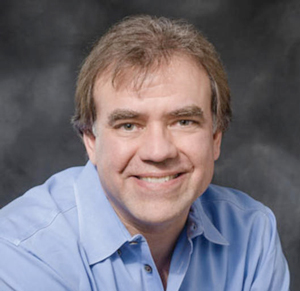by Mike Telin

Saturday’s performance will mark the sixth time that the ASO has performed the work since its inaugural season in 1953 — the first was in 1961 under the direction of Evan Whallon. Subsequent performances were led by John MacDonald (1968), Robert Shaw (1978), Alan Balter (1987), and Paul Polivnick (1999).
Originally conceived as a collectively written mass by Verdi and twelve other Italian composers to commemorate the first anniversary of the death of Rossini, the project was abandoned just nine days before the scheduled premiere. Following the death in 1873 of Italian writer Alessandro Manzoni, whom Verdi had long admired, the composer decided to return to writing a Requiem — this time on his own. The new work included the “Libera me” he had composed for Rossini, and the first performance was given on May 22, 1874 at the Church of San Marco in Milan.
“The piece never fails to impress on every level — artistically, emotionally, and spiritually,” Wilkins said. “The spirituality in it is something that Verdi grew up with: he recognized the ritual in the church as something that was embedded in the Italian character. I think his approach to the text is devotional throughout, and respectful of that tradition. But I do think he composed it for all humankind — believers and non-believers — and he was a member of the latter group.”
Although Verdi was primarily an opera composer, and his Requiem is full of theatrical moments, Wilkins said that the composer wanted the singing to be different from that of opera. “When he conducted it, he did it in church, and it was part of a service. Still, the rehearsal notes that we have suggest that he thought of it as a sacred work while recognizing that it’s also a dramatic one.”
Wilkins said that the “Tuba mirum” with the trumpets surrounding the stage is one of the greatest theatrical moments in all sacred music. “The opening up of the graves and the souls coming out — the last trumpet sounding — it’s an incredibly vivid moment which I think is worthy of comparison to Michelangelo’s Last Judgement. But it’s very personal. There are moments of intimacy and moments that are overpowering, going from a whisper to a roar. That range is part of what makes this piece unique.”
While a typical performance lasts 84 minutes, Wilkins said that he sees the work as a single journey. “Verdi always took an intermission, but I — and the majority of conductors — feel that taking a break lets the audience off the hook and takes away the intensity of the journey. There isn’t a moment that doesn’t draw you in.”
A crucial component of any performance of Verdi’s Requiem is the soloists and chorus. “All of the soloists have wonderful careers, and I’m looking forward to working with them,” Wilkins said. “For the past couple of seasons, we’ve used the combined forces of the Akron Symphony Chorus and the Summit Choral Society, and Marie Bucoy-Calavan does an awesome job preparing them. She is a force to be reckoned with and I admire her so much. Her standards are so high and her ability to teach people how to achieve those standards is impressive.”
Published on ClevelandClassical.com May 1, 2018.
Click here for a printable copy of this article




